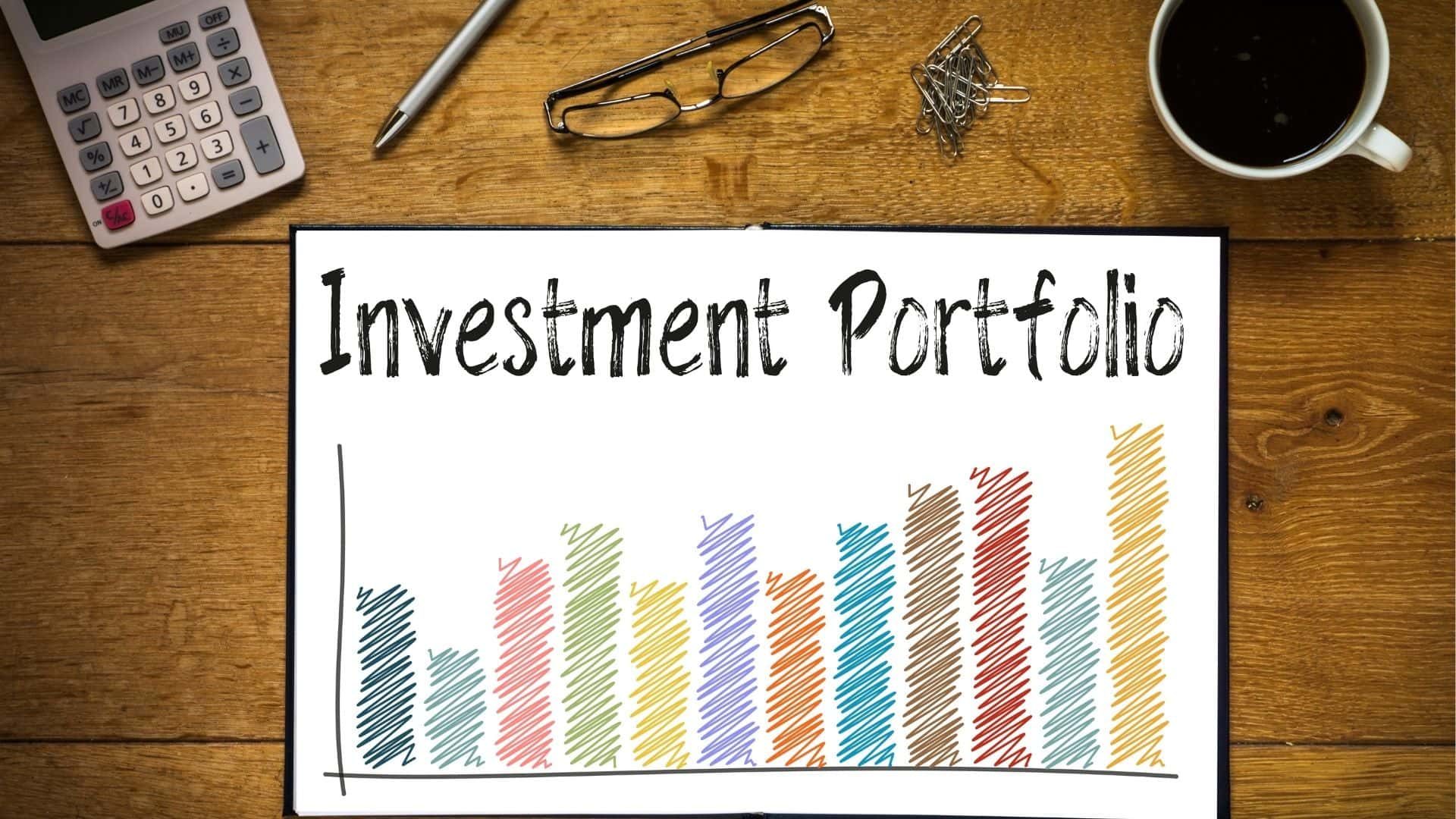What is an Investment Portfolio?
An investment portfolio is a collection of financial assets such as stocks, bonds, mutual funds, real estate, and other investments. These assets are strategically chosen to align with an investor’s financial goals, risk tolerance, and time horizon.
Building and managing an effective portfolio is a cornerstone of personal finance and wealth management. Whether you’re a beginner or an experienced investor, understanding how to create a diversified portfolio can significantly impact your long-term success.
Why is a Diversified Portfolio Important?
Diversification is the practice of spreading investments across various asset classes to reduce risk. A well-diversified portfolio protects against volatility, as different asset classes respond differently to economic changes.
Benefits of Diversification:
Minimizes the impact of market fluctuations
Enhances long-term returns
Reduces reliance on a single investment
For example, if tech stocks decline, your portfolio might still perform well if it includes bonds or commodities that aren’t affected by the same market forces.
Types of Investments in a Portfolio
A robust https://law-prof.us/ can include a wide range of asset classes. Here are the most common ones:
1. Stocks
Equity investments that represent ownership in a company. They offer high growth potential but come with increased risk.
2. Bonds
Debt securities that provide fixed interest payments. Bonds are generally less risky than stocks and offer portfolio stability.
3. Mutual Funds & ETFs
Pooled investment vehicles that offer instant diversification. Great for investors who prefer a hands-off approach.
4. Real Estate
Physical property investments that provide income and potential appreciation. Real estate can act as a hedge against inflation.
5. Cash & Cash Equivalents
Include savings accounts, CDs, and money market funds. These are low-risk and provide liquidity.
Asset Allocation: The Core of Portfolio Strategy
Asset allocation is the process of dividing your investments among different asset categories. It’s influenced by factors like age, income, financial goals, and risk appetite.
Example Allocation Models:
Conservative Portfolio: 70% bonds, 20% stocks, 10% cash
Moderate Portfolio: 50% stocks, 40% bonds, 10% real estate
Aggressive Portfolio: 80% stocks, 10% bonds, 10% alternatives
Rebalancing your portfolio regularly ensures it stays aligned with your goals.
Risk Management in Portfolio Building
Investing always carries risk, but effective risk management can protect your capital and increase potential returns.
Key Strategies:
Diversify across sectors and geographies
Regularly review and rebalance your portfolio
Set clear investment goals and timelines
Avoid emotional decision-making
Tools like stop-loss orders, insurance products, and professional financial advice can further reduce investment risks.
Long-Term Investing: The Smart Strategy
Long-term investing allows time for your investments to grow through compound interest and market gains. Historically, long-term portfolios outperform short-term speculative strategies.
Advantages:
Lower tax implications
Less impact from market volatility
Better alignment with retirement and wealth-building goals
Patience and discipline are crucial traits for successful long-term investors.
How to Start Building Your Investment Portfolio
Define Your Goals – Retirement, home purchase, education, etc.
Assess Your Risk Tolerance – How much risk are you comfortable with?
Choose the Right Mix of Assets – Diversify smartly.
Invest Consistently – Consider dollar-cost averaging.
Monitor & Rebalance – Adjust based on market conditions and personal milestones.
Final Thoughts
An intelligently crafted investment portfolio is your blueprint for financial independence. By diversifying, managing risk, and maintaining a long-term perspective, you can navigate market ups and downs with confidence.
Whether you’re just starting out or refining your investment approach, remember: a well-structured portfolio isn’t built overnight—it’s nurtured over time.




